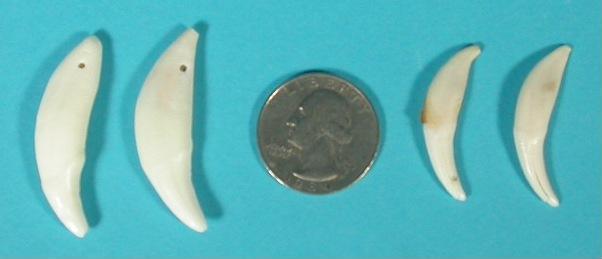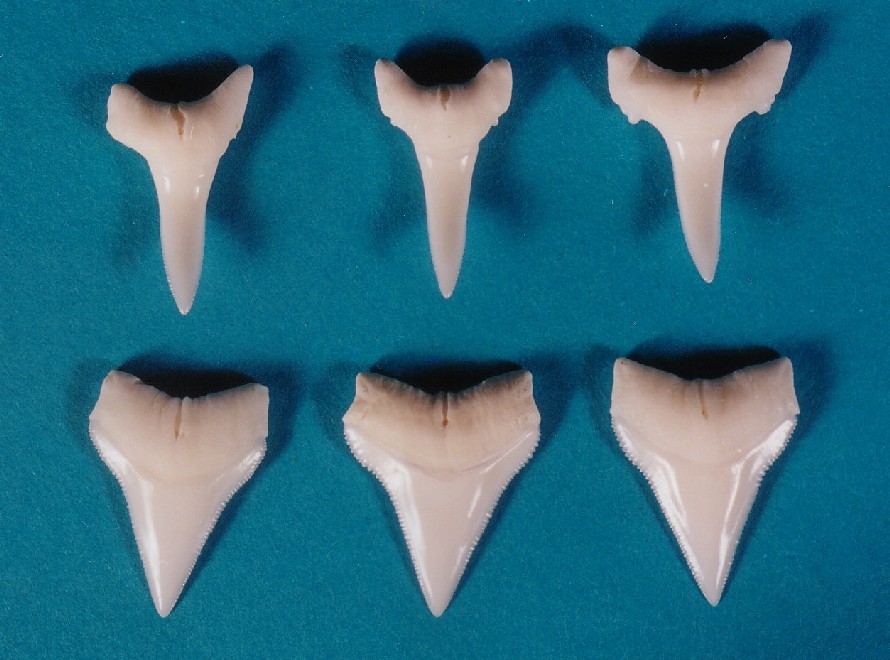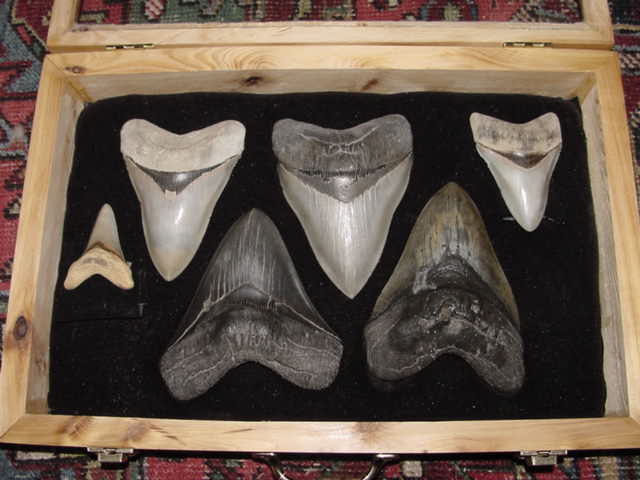


| Enamel |
Dentine | Bone (Cementum) |
|||||
| wgt. % | vol. % | wgt. % | vol. % | wgt. % | vol. % | ||
| Inorganic | 96
|
90 | 70 | 50 | 70 | 49 | |
| Organic | 1 | 2 | 20 | 30 | 24 | 38 | |
| Water | 3 | 8 | 10 | 20 | 6 | 13 | |
| ~Specific Gravity | 2.92 | 2.51 | 2.35 | ||||

R.V.
Dietrich © 2015
Last Update: 27
January
2014
web page created by Emmett Mason